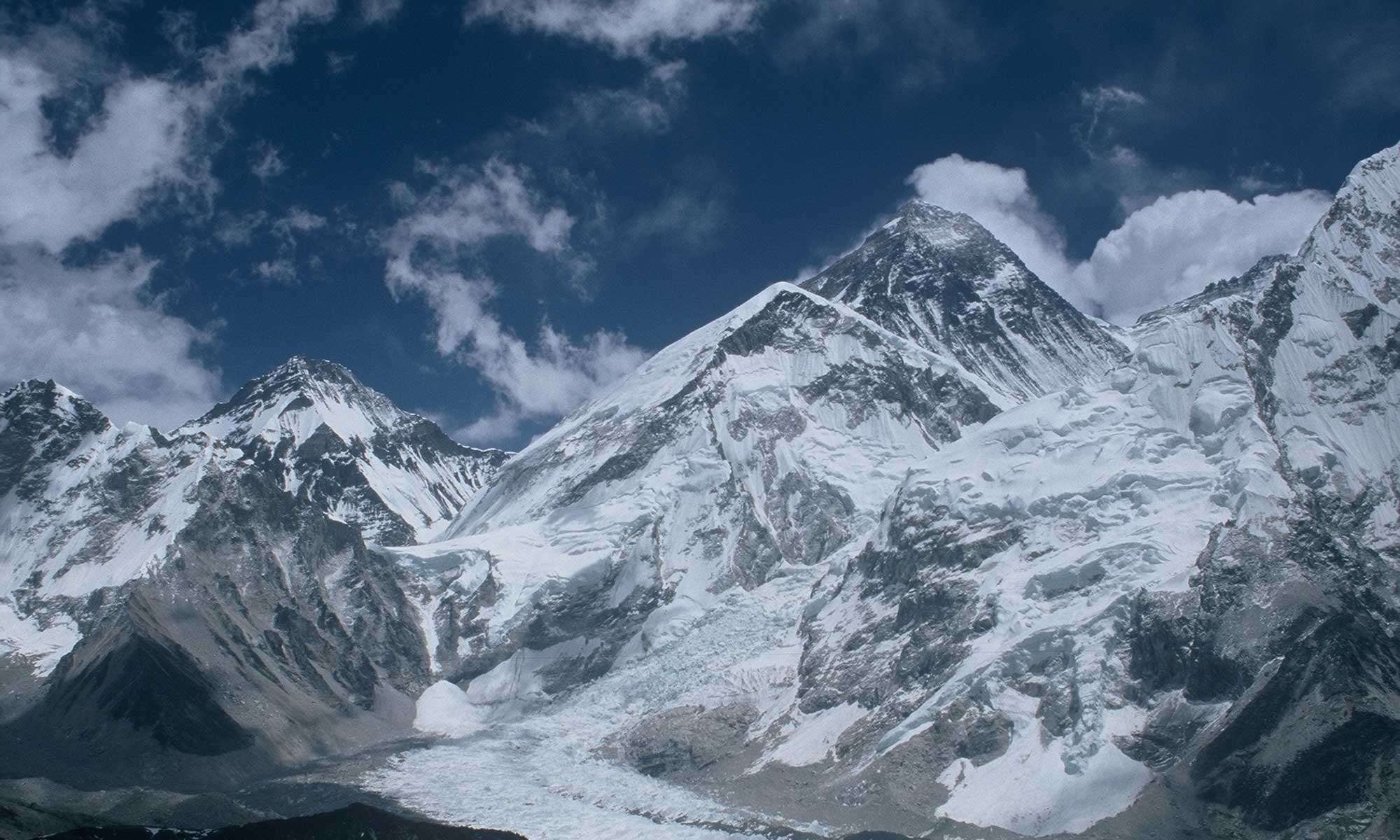Paul Ramsden and Tim Miller have done it again: the two Brits managed another first ascent of a six-thousander in Nepal this fall – in alpine style (without bottled oxygen, without Sherpa support, without fixed ropes and without fixed high camps) and on a difficult route. Paul and Tim climbed the North Face of Surma-Sarovar in the far west of the country. The 6,574-meter-high mountain is located in the Salimor Khola Valley in the Gurans Himal, close to Nepal’s border with Tibet and India. “Possibly the most remote location I have ever been to, and we managed to climb a great route,” Paul wrote to me after his return from Nepal. He and Miller have thus achieved yet another feat of alpinism.
I had actually sent Paul some questions three weeks ago on the occasion of the Piolets d’Or award ceremony in Briancon on 15 November. Paul’s wife then informed me that he and Tim were still in Nepal. Ramsden and Miller will receive the “Oscar of Mountaineering” – as reported – for their first ascent of the 6,563-meter-high Jugal Spire in Nepal last year. Paul is the first mountaineer to be awarded the prestigious prize for the fifth time. Here are the answers from the 54-year-old top climber from Yorkshire in northern England.
Congratulations, Paul, on the fifth Piolet d’Or of your mountaineering career. What does the award mean to you?
The thing that’s special about the Piolet d’Or is that it is recognition from your peers that you have climbed a great route and made a significant contribution to mountaineering. I feel proud to be recognised by my peer especially given the high ethical standards that are now integral to the award. The Piolet d’Or represents a beacon of light to how mountains should be climbed, and is needed now more than ever, given the common behaviour seen on 8000m peaks. As for receiving five I am not sure what to say, maybe it’s time that I retired!
You receive the award for your and Tim Miller’s first ascent of the six-thousander Jugal Spire (Dorje Lhakpa II) in the east of the Langtang National Park. The “Phantom Line” through the north face looks pretty wild and extreme. Others would probably have chosen an easier route. How extreme does a route have to be for you?
Routes do not have to be extreme for me. I am much more motivated by the quality and aesthetics of a line. If a route penetrates otherwise unclimbable terrain but an unlikely route, then I find this quite appealing. It is true that I tend to climb steeper more technical routes, but often this is because these routes are safer, as they tend to avoid avalanche slopes and have reduce potential for rockfall.
In the past, you often went on expeditions with Mick Fowler, who is older than you. Now. with Tim, you were the clearly older and more experienced climber in the rope team. Has your role changed?
Yes, my role has changed. In recent years I have made a conscious effort to mentor young climbers who want to move on from the Alps to expedition type climbs. Mick was significantly older than me which made little difference initially but became more obvious as Mick got older.
With Tim I can just about keep up, but I imagine this will get harder as the years go by. We have just returned from an expedition to far west Nepal having climbed a previously unclimbed peak, so things are still working out OK.
“Style is everything,” you told me a few years ago. You’re in your mid-50s now, and I’m sure you’ll sometimes feel that your body has more than half a century behind it. Aren’t you sometimes tempted to cut back on pure alpine style?
No, I am an alpinist and would never consider climbing in another way. If I couldn’t climb alpine style, then I would stop climbing. It’s the only ethical way to climb big mountains, and to be honest any other way is simply cheating.
There’s been a lot of discussion this year about the crisis of purpose in eight-thousander mountaineering – running blindly to break records, bad style, lack of morale. Is that the reason why top alpinists like you give the eight-thousanders a wide berth?
Personally I have never coincided 8000m peaks as I do not like to be away from my family for long periods and would find the acclimatisation too time consuming. The current world of 8000m commercial expeditions is a mess from both an ethical and environmental point of view. Fixed ropes, oxygen, sherpa support are all essentially cheating. These clients are not climbing the mountain, they are simply exercising at altitude. We should stop pretending that these people are climbers and that their effort are worthwhile.




I totally agree with his comments re Alpine style and especially the last part about people (the vast majority at least) on 8000ers not actually climbing – my term is high altitude hill walkers